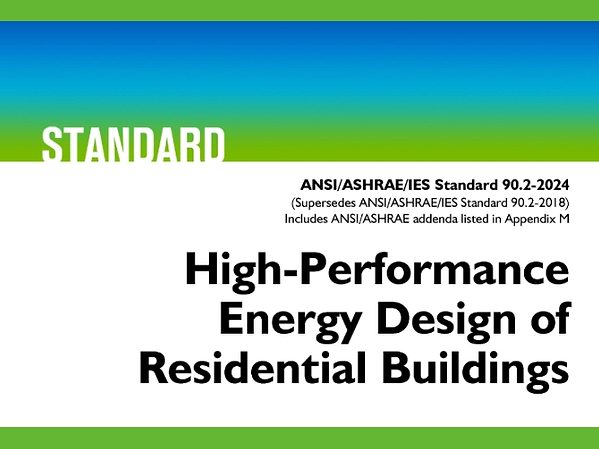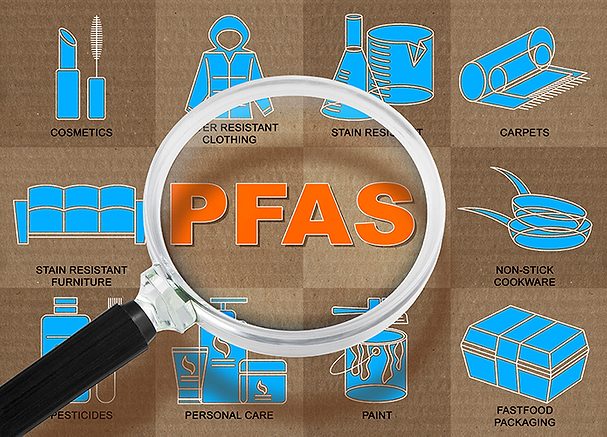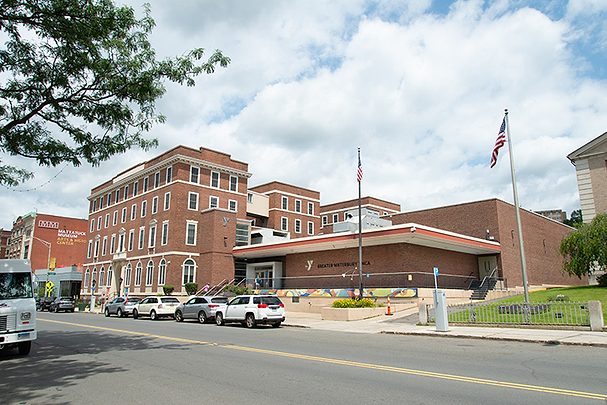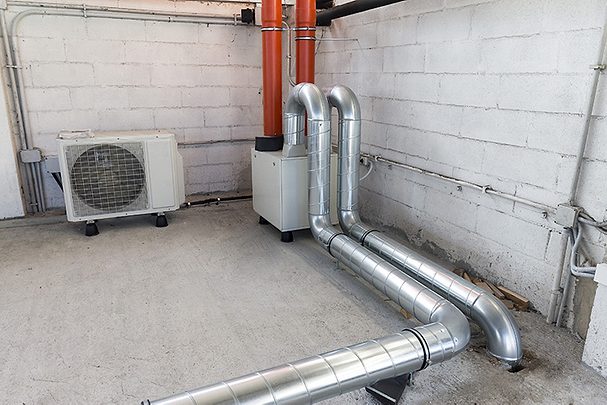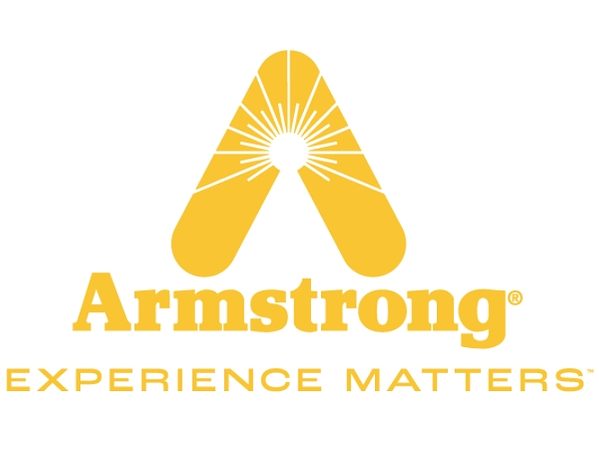Green Building
Green Ideas
PFAS Not Used in Pipe Production
Stringent regulations and standards govern plastic pipe production, especially those used for our drinking water supply.
Read More
Feature
YMCA Lowers Environmental Impact
YMCA integrates condensing boiler with co-gen system.
Read More
The Future Is Now
Water, Entropy and the Future of Energy Management
With unparalleled capacity to store and transfer energy, water can be a viable solution to a sustainable and resilient world
Read More
